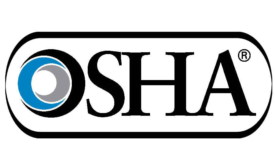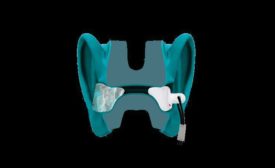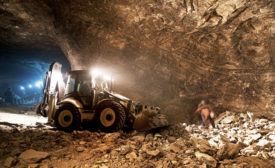News
Electronic recordkeeping rule favorite target of pro-repealers
Survey of ISHN readers shows dislike for IPP, HazCom
February 16, 2017
Teaching young workers about safety
Start with NIOSH 8 Core Competencies
February 16, 2017
ISHN readers want next OSHA chief to…
More results from our online flash survey
February 15, 2017
Tech advances are reinventing hearing conservation programs
Open your ears
February 15, 2017
Never miss the latest news and trends driving the safety industry
eNewsletter | Website | eMagazine
JOIN TODAYCopyright ©2024. All Rights Reserved BNP Media.
Design, CMS, Hosting & Web Development :: ePublishing









